Drone videography has become an essential tool for filmmakers, content creators, and hobbyists, offering unique perspectives and cinematic shots that were once difficult to achieve.
As technology advances, many drones now offer advanced camera capabilities suited for high-quality videography.
This article compares some of the top drone cameras for videography in 2024, focusing on key features such as video resolution, stabilization, frame rates, and overall performance.
Key Factors for Videography
When choosing a drone for videography, consider these crucial factors:
- Video Resolution: Higher resolution provides greater detail and clarity.
- Frame Rate: Affects the smoothness of video and enables slow-motion effects.
- Stabilization: Ensures smooth, jitter-free footage.
- Low-Light Performance: Essential for shooting in varying lighting conditions.
- Lens Quality: Influences sharpness and distortion.
- Camera Features: Includes additional functionalities like manual controls and color profiles.
Top Drone Cameras for Videography
Here’s a comparison of some top drone models for videography in 2024:
| Drone Model | Video Resolution | Frame Rate | Stabilization | Sensor Size | Low-Light Performance | Special Features | Approximate Price |
|---|---|---|---|---|---|---|---|
| DJI Mavic 3 Pro | 5.1K (Video) | 60 FPS | 3-Axis | 4/3 CMOS | Excellent | D-Log, HDR, 7x Optical Zoom | $2,199 |
| Autel EVO Lite+ | 6K (Video) | 60 FPS | 3-Axis | 1″ CMOS | Very Good | D-Cinelike, 3x Optical Zoom | $1,299 |
| DJI Inspire 3 | 8K (Video) | 60 FPS | 3-Axis | Full-Frame CMOS | Exceptional | Interchangeable Lenses, D-Log, HDR | $15,999 |
| Sony Airpeak S1 | 6K (Video) | 60 FPS | 3-Axis | Full-Frame CMOS | Excellent | Manual Controls, S-Log3, Interchangeable Lenses | $9,000 |
| Skydio 2 | 4K (Video) | 60 FPS | 2-Axis | 1/2.3″ CMOS | Good | Autonomous Flight, Advanced AI | $999 |
Detailed Comparison
- Video Resolution and Frame Rate
- DJI Mavic 3 Pro: Captures video in 5.1K resolution at up to 60 frames per second (FPS). This high resolution provides detailed footage suitable for cinematic projects, and the 60 FPS frame rate ensures smooth, fluid motion.
- Autel EVO Lite+: Offers 6K video recording at 60 FPS, delivering exceptionally clear and detailed footage. The higher resolution is beneficial for larger screens and detailed editing.
- DJI Inspire 3: Features an impressive 8K video resolution at 60 FPS, ideal for high-end productions requiring the highest level of detail and clarity.
- Sony Airpeak S1: Provides 6K video at 60 FPS, combining high resolution with professional-grade features and image quality.
- Skydio 2: Records in 4K resolution at 60 FPS. While not as high as the other models, it still offers excellent video quality for most applications.
- Stabilization
- DJI Mavic 3 Pro, Autel EVO Lite+, DJI Inspire 3, and Sony Airpeak S1 all feature advanced 3-axis gimbals that provide superior stabilization, ensuring smooth and professional-quality footage even in challenging conditions.
- Skydio 2 uses a 2-axis gimbal, which offers good stabilization but may not be as effective as the 3-axis systems in extremely turbulent conditions.
- Low-Light Performance
- DJI Mavic 3 Pro and Sony Airpeak S1 excel in low-light conditions due to their large sensors and advanced image processing, making them ideal for shooting at dawn, dusk, or indoors.
- Autel EVO Lite+ also performs very well in low-light scenarios, though not quite at the level of the Mavic 3 Pro and Airpeak S1.
- DJI Inspire 3 and Skydio 2 offer good low-light performance, but the larger sensors of the other models may provide better results in very dim conditions.
- Lens Quality and Features
- DJI Mavic 3 Pro: Comes with a high-quality lens and advanced features such as D-Log and HDR, allowing for flexible color grading and high dynamic range shots.
- Autel EVO Lite+: Includes a premium lens and D-Cinelike color profile for improved post-production flexibility and vivid colors.
- DJI Inspire 3: Features interchangeable lenses and professional-grade options like D-Log and HDR, providing the highest level of creative control.
- Sony Airpeak S1: Offers manual controls and S-Log3 color profiles, allowing for extensive post-production flexibility and precise color grading.
- Skydio 2: While it has a good lens and offers advanced AI features for autonomous flight, it lacks some of the professional-grade color profiles found in higher-end models.
- Price
- DJI Mavic 3 Pro and Autel EVO Lite+ provide excellent value with high resolution and advanced features at a more affordable price compared to professional models.
- DJI Inspire 3 and Sony Airpeak S1 are more expensive but offer top-tier video quality and professional features suited for high-end productions.
- Skydio 2 is the most affordable option, offering solid performance and advanced AI features at a lower price point.
Conclusion
When selecting a drone for videography, the right choice depends on your specific needs and budget. The DJI Mavic 3 Pro and Autel EVO Lite+ offer exceptional video quality and advanced features at a reasonable cost, making them suitable for serious hobbyists and semi-professionals.
For those requiring the highest level of detail and professional features, the DJI Inspire 3 and Sony Airpeak S1 provide unparalleled performance, though at a higher price.
The Skydio 2 offers a more budget-friendly option with impressive AI capabilities and solid video quality.
By evaluating these factors, you can choose a drone that best fits your videography needs, ensuring you capture stunning, high-quality footage from the sky.




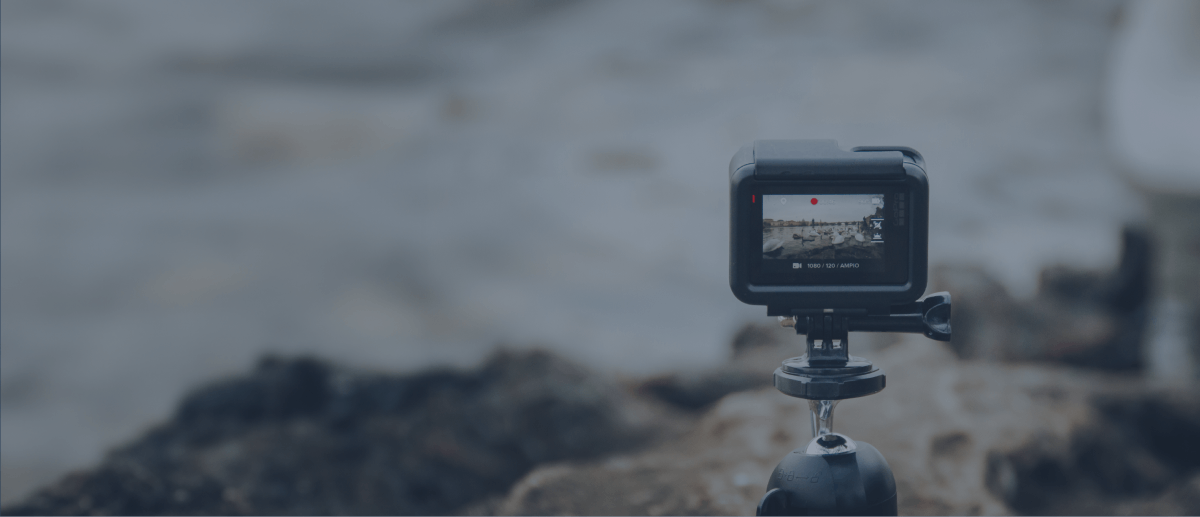
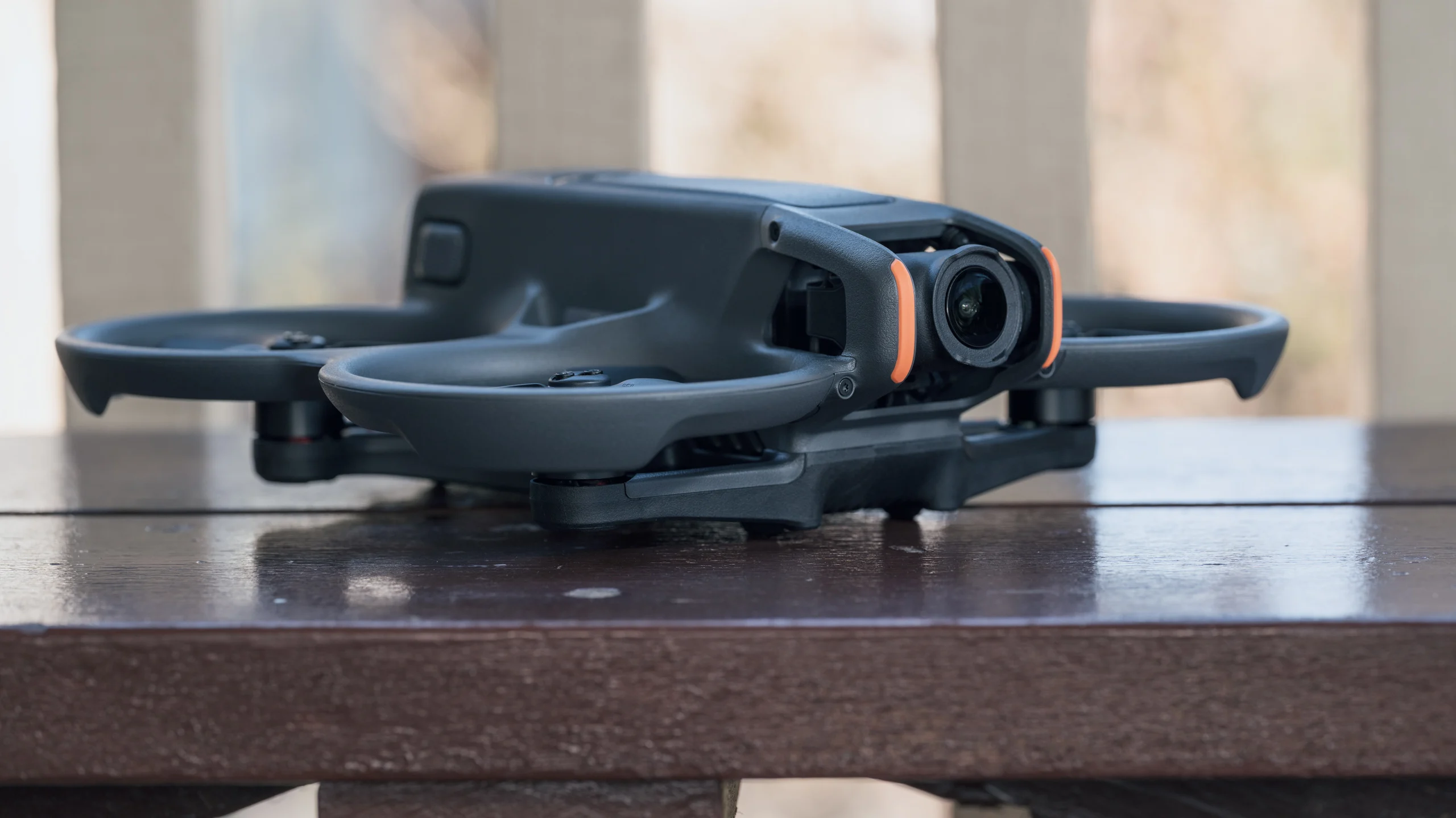
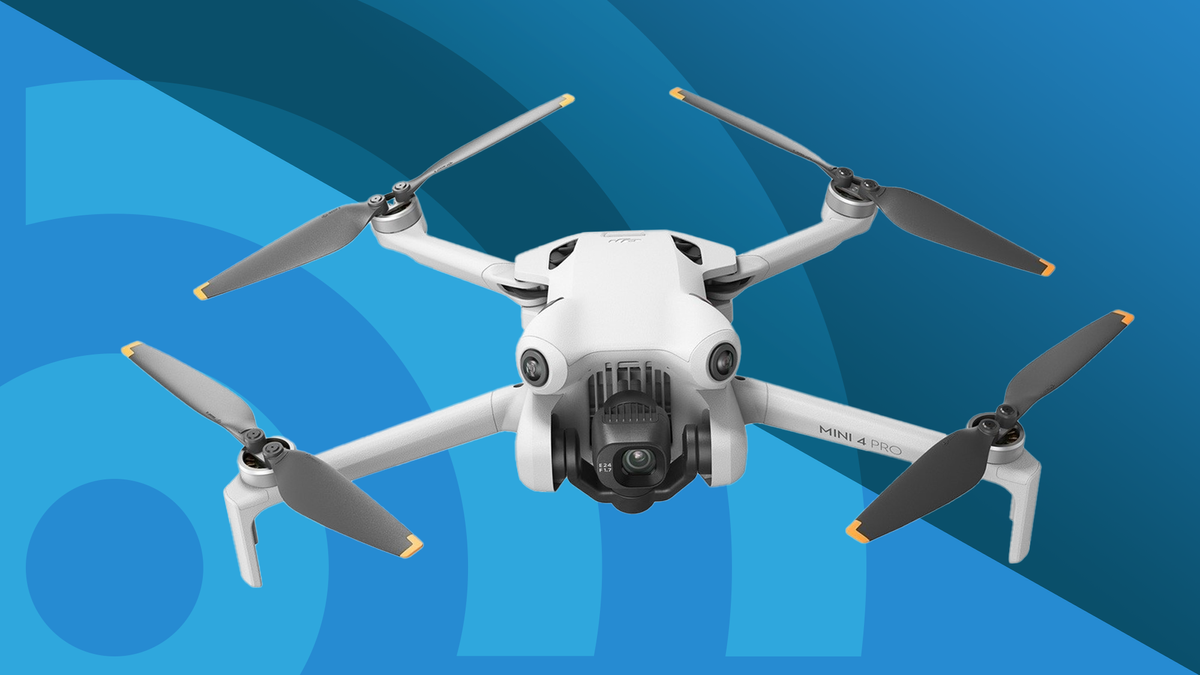
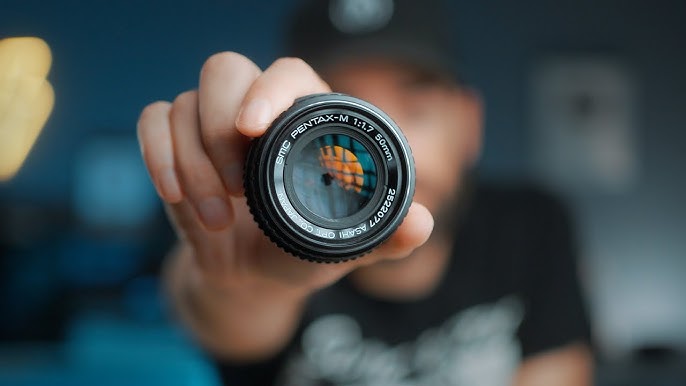
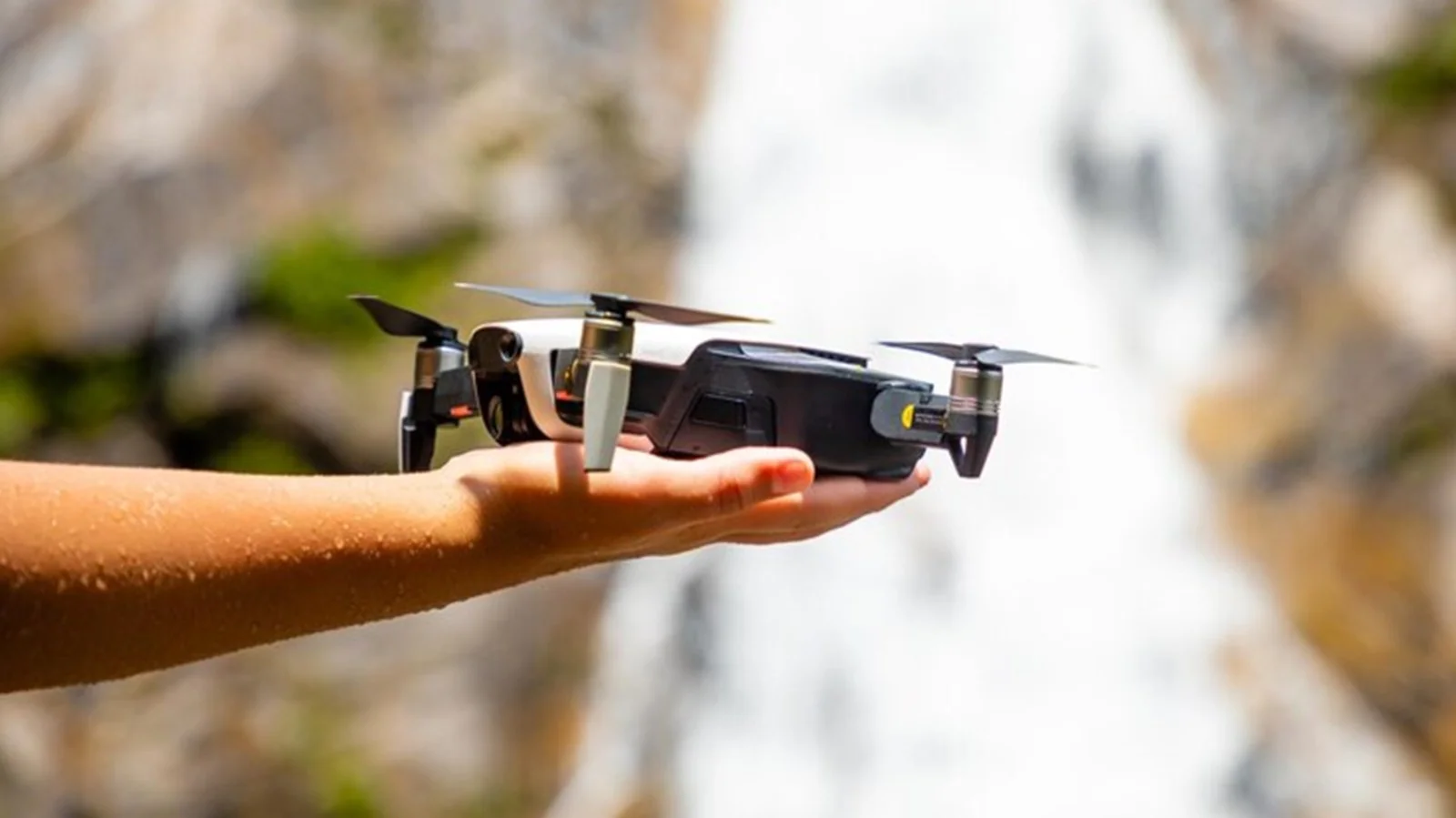
Leave a Reply